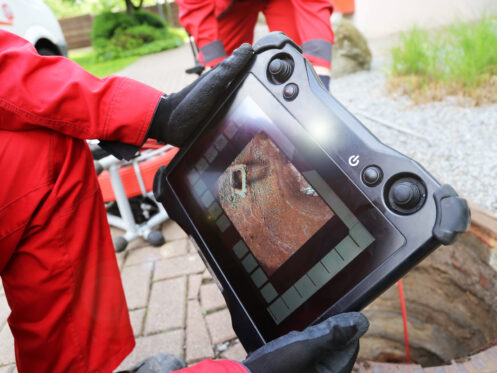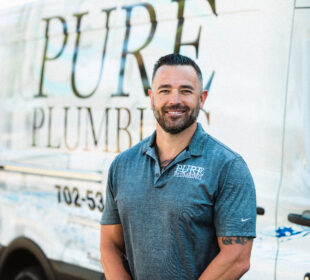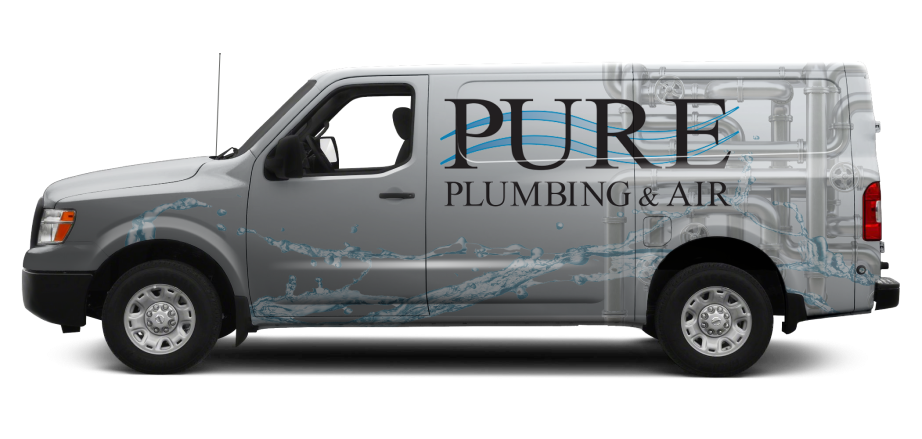Sewer line clogs are serious plumbing issues that can lead to significant damage if not addressed promptly. Knowing the causes, signs, and prevention methods can help homeowners protect their property, avoid costly repairs, and know what to do if an emergency strikes. Taking time to understand and care for your sewer system can provide peace of mind and long-term reliability.
Signs Your Sewer Line Is Clogged
Several signs may indicate your sewer line is clogged. One of the most noticeable is slow drainage in multiple areas of your home, such as sinks, toilets, walk-in showers, and tubs. Gurgling sounds are another sign that occurs when a blockage traps air in your pipes. Water backing up or pooling around floor drains is an additional clear warning. In severe cases, sewage can suddenly start backing up in your toilets.
Unexplainable foul odors, especially near the drains or in your yard, can signal a sewer issue. Odors in your yard may be accompanied by wet patches or pooling water. You may also notice grassy areas near your sewer line look more lush than usual. Additionally, a sudden spike in your water bills when there’s no increase in usage could point to a problem with your sewer line.
Can I Wait to Call a Plumber?
Reaching out for prompt assistance from a professional is essential with any plumbing issue, especially clogs. This is a problem that has the potential to worsen faster than you realize. It’s a much better option to call us now when you suspect a clog than to get confirmation by having sewage back up into your home and flow across your floors. This becomes a much more expensive problem involving clean-up and disinfecting fees plus the cost to fix the sewer line problem.
Common Causes of Sewer Line Clogs
Sewer line clogs are typically caused by a buildup of material that shouldn’t be flushed or put down the drain. Grease, oil, and food particles are common kitchen culprits, accumulating over time and creating a sticky barrier that restricts water flow and continues to build up. Non-flushable items, such as wipes, sanitary products, and paper towels, going down toilets can also lead to blockages.
Homeowners may be surprised to hear that tree roots in search of moisture can break through the pipe walls and cause significant blockages. Old, corroded, and damaged pipes are more susceptible to clogs as their interior can become rougher over time, allowing buildup to accumulate more quickly.
What to Do if Your Sewer Line Is Clogged
If possible, shut off the water supply to your home to prevent overflow if you believe your sewer line is clogged. Avoid flushing toilets or running water in sinks, showers, and tubs to avoid overflows and prevent blockages from worsening. Calling us quickly is crucial so that we can perform a thorough inspection and identify the cause of the issue.
Comparing DIY and Professional Sewer Line Repairs
While trying to clear sewer line clogs yourself is tempting, DIY methods aren’t always effective and can worsen the damage. We have the tools and expertise to efficiently and effectively diagnose the issue whether it’s a simple clog or something more complex. Attempting to clear the clog yourself with drain cleaners or tools can sometimes push the blockage deeper into the pipes and cause further issues. It may also worsen any other problems, such as cracks.
How to Prevent Sewer Line Clogs
Preventing sewer line clogs can be incredibly easy. It starts with being mindful about what goes down your drains and toilets. Avoid flushing non-flushable items even if the packaging states they’re flushable. Never put grease, oil, or food scraps down your kitchen sink, as these will often lead to clogs.
Install a high-quality drain strainer in your kitchen sink to help catch food debris and put others in your bathroom sink and shower to help catch hair, toothpaste, gel, and other hair and body products before they can enter your plumbing system. If you have trees near your sewer line, have an arborist come out and examine them to determine if they could be causing (or may lead to) major issues for your sewer line.
Importance of Regular Sewer Line Maintenance
Routine maintenance is essential to keep your sewer line functioning properly and prevent clogs. We recommend calling us annually for a complete sewer line inspection and during the year if necessary. These inspections allow us to catch issues early before they become disruptive and expensive. During an inspection, our experienced plumbers will check for buildups, tree root intrusion, pipe damage, full or partial clogs, pipe deterioration, and other problems.
Hydro jetting is one of the most effective methods for keeping sewer lines clear. It’s a cleaning technique that uses high-pressure water to remove grease, debris, and small tree roots from inside the pipes. Getting it every one to two years can help prevent substantial blockages and encourage free-flowing water. Being proactive now is a much easier and more affordable option than dealing with sewer clogs and repairs or replacements in the future.
Does Homeowners Insurance Cover Sewer Line Repairs?
Homeowners insurance may cover sewer line repairs, depending on your policy. We recommend contacting your insurance company to learn the exact terms of your insurance, so you fully understand what is and isn’t covered for sewer line repairs, maintenance, and emergencies.
When Is It Time to Replace Your Sewer Line?
A sewer line can last 50 years or more, but this timeframe depends on several factors, including the pipe material, the quality of the initial installation, and how well you maintain your sewer line throughout its lifespan.
Consider replacing your sewer line if it constantly needs repairs through no fault of your own and you’re spending significant money on fixing the clogs or other issues. There’s also a point where repairs may no longer be doable, and a replacement is necessary.
Replacing your sewer line if it’s at least 40 or 50 years old can also be a good idea. The older a sewer line gets, the more prone to damage it is, and the higher the chances are it will need more frequent repairs or a full replacement.
Hydro jetting can eliminate some tree root intrusion, but it depends on the severity. If the issue is extensive, such as if there are huge cracks, repairs may be inefficient and challenging.
One of our professional plumbers can inspect your system and determine if repair will suffice for now. Also, it’s important to find out how long your system will last in its current condition and with proper maintenance. We’ll also advise if a replacement is necessary based on the seriousness of the issue and your sewer system’s age. Replacing old sewer line pipes is an investment, but it can help prevent future clogs and improve the overall functionality of your system.
Being proactive and caring for your sewer line now can help prevent significant issues. Pure Plumbing & Air offers a full line of plumbing services in addition to sewer line inspections and hydro jetting. Contact Pure Plumbing & Air today to get your sewer line in great shape at your Las Vegas home.


